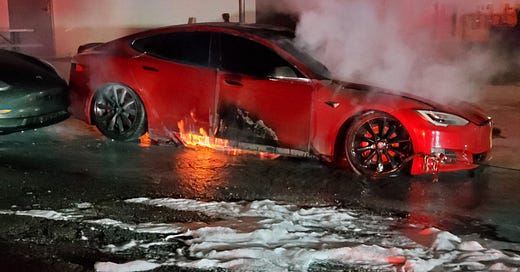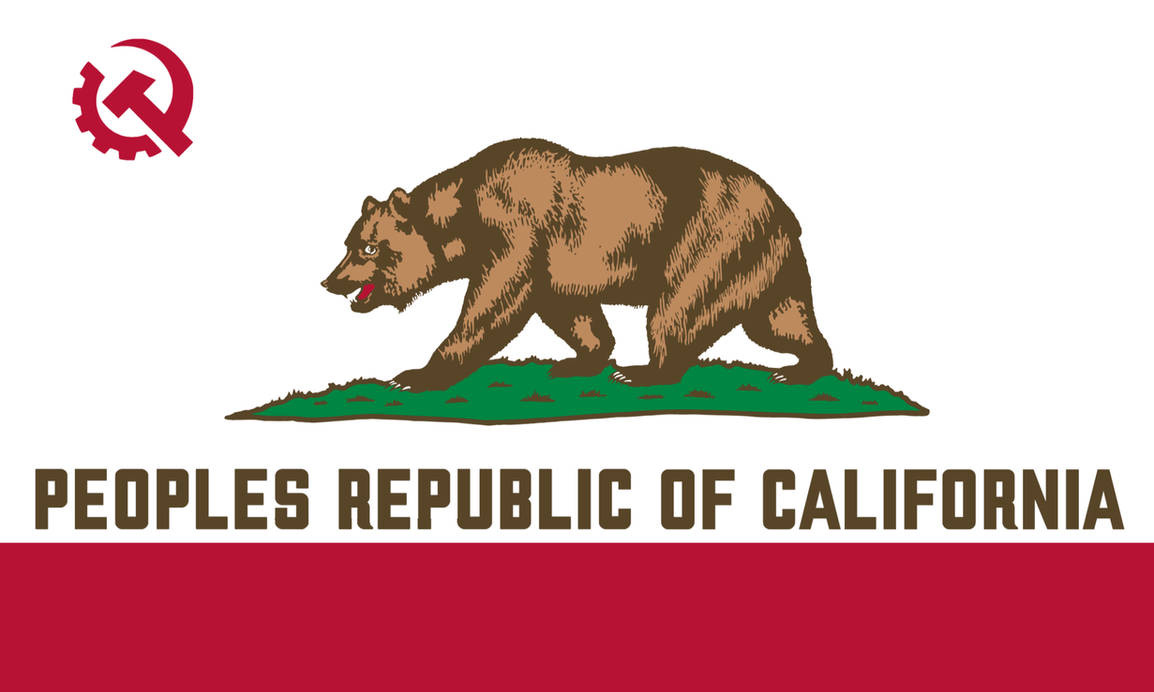EV Short Circuit: Gavin Newsom's Kalifornia Kibosh
California Mimics Germany's Teutonic Troubles with Rising Electricity Rates
Tuco’s Child Preface
What more can be said at this point in the game other than “I told you so”?
Kalifornia’s rising energy prices are putting a kibosh on EVs saving the planet, mirroring Germany’s self-inflicted torment. One difference is that Kalifornia has not completely shut down it’s nuclear power industry.
According to the EIA, California has the second to third highest residential electricity rates in the USA, after Hawaii and Rhode Island.
CA electricity issues review with data:
The other big-big issue is that Newsom is pushing for Cali Net-zero by 2045 !
‘It’s crazy’: How soaring PG & E rates are impacting California’s electric car owners
By Julie Johnson March 11, 2024
California wants residents to buy electric vehicles to fight climate change, to the point of ending the sale of new gasoline-fueled cars in 2035.
But after a 20% rate hike this year by Pacific Gas and Electric Co., charging a car — one of the single biggest items on electric bills — just got more expensive. And the trend is unlikely to let up anytime soon: State regulators are considering further rate increases for PG&E this year.
“It’s crazy,” said Austin Ball, a Walnut Creek engineer and Tesla Model 3 driver whose PG&E bill more than doubled this year.
In Petaluma, Davinder Banger said he’s paying about $20 per charge at a Supercharger this year, compared with between $10 and $14 previously to charge his Tesla Model Y. Banger, 48, said he’s still saving money on his commute to Contra Costa County compared with what he’d be paying for gasoline.
“But I have noticed a change,” he said.
Electrification proponents worry that rising rates will cause people to balk at giving up their gasoline cars for electric ones at a time when the state needs them to make the switch.
It costs about $73 to fill the tank of a Toyota Camry and travel about 506 miles, said Jack Conness, an electrification policy analyst with Energy Innovation, a Bay Area-based, nonpartisan climate policy think tank. Using data from PG&E and the U.S. Energy Information Administration, he estimated that traveling the same distance in a Tesla Model 3 costs about $32 for charging, while the Chevrolet Bolt would cost $43.
French Laundry Value Meal only $500.00 in Kalifornia
That means Tesla drivers are still saving about $41 and Bolt drivers $30 over the cost of gasoline.
That’s down from inflation-adjusted savings of about $59 for the Model 3 (using 2022 gas and electricity prices) and about $51 in savings for the Bolt.
Electric vs. gas fill-up costs
Comparing the gas-powered Toyota Camry LE/SE to the electric Chevrolet Bolt and Tesla Model 3
The price for fueling all three vehicles has risen since 2020, but the savings gap between the electric vehicles and the gas-powered Camry has narrowed by about $6 for the Tesla and $10 for the Bolt.
Based on California average gas price in the first week of January and off-peak PG&E electric charging rates. All cars are 2023 models. Numbers are for traveling 506 miles, the range of the Toyota Camry getting 32 miles per gallon. Adjusted for inflation.
A new electric car costs about $2,039 more on average than a conventional gas-powered car as of January, according to a Cox Automotive study. But e-vehicles have lower costs to maintain, repair and fuel up ( don't believe that). Rising electricity prices run the risk of scaring potential new owners concerned about their bills, said Severin Borenstein, an economist and professor at UC Berkeley’s Energy Institute at Haas.
“We’re discouraging people from doing something we really need them to do,” Borenstein said. 💰
Mark Toney, executive director of ratepayer advocate nonprofit The Utility Reform Network, said that “a whole lot more is at stake” with rising utility bills than just household budgets.
“We need to understand the consequences of these rate increases on climate change,” he said. 🙄
A Pew Research Center survey found 70% of people interested in buying electric cars said saving money on gas was a major factor in their thinking.
The rise in PG&E rates affects a significant portion of the country’s electric vehicle drivers: The utility says that about 1 in 7 EVs across the country plugs into the utility’s California grid.
California Assembly Member Phil Ting drives a Tesla Model Y, and the car company’s phone app estimated he saved about $1,772 last year by not buying gasoline. The San Francisco Democrat doesn’t expect to hit the same savings mark this year, but he’s a major proponent of electrification and loves his electric car.
“For me, it’s not game-changing at this point,” Ting said. “But the overall price of electricity is a major issue this year.”
Los Altos Hills resident Barry Smith, an early adopter of EVs, said he’s noticed his PG&E bill is much higher this year.
“The big financial advantage was fuel savings: the more you drove, the greater the savings,” Smith said. “If there’s not that much savings, people are going to wait.”
A PG&E spokesperson emphasized that it still costs less to charge a car battery than to buy gasoline, especially for drivers signed up for its special EV rate plans.
The utility’s main EV rate plans, available during off-peak hours from midnight through the afternoon, allow drivers to charge their cars at home for the equivalent of about $3.23 to $3.29 a gallon of gasoline, PG&E said. That’s below the average price of $4.80 for a gallon of gasoline in California as of Monday, as listed by AAA.
But PG&E said that only about 25% of electric vehicle drivers have signed up for a rate plan designed for customers who charge at home. A company spokesperson said they are trying to identify customers with electric vehicles to do more outreach about the rates.
Ball, the engineer from Walnut Creek, said he’s just learned about the electric vehicle rate plan and was looking into signing up.
Ball began comparing fueling costs with friends when he first got his electric car about four years ago, and said his savings were impressive. But when he did the same in February with a friend during a weekend away at Pismo Beach, it turned out Ball had paid only slightly less after driving similar distances.
“It was about a $10 difference — nothing to brag about,” Ball said.













It's almost like increasing demand without increasing supply leads to higher costs. 🤔 Who knew?
So many questions
Are these home charging prices or public charging stations?
How about comparing charging in CA to gas prices in a normal state?
Are we using the rated or actual range/consumption for EVs?
TURN is now concerned with rate payers again? They were, then they changed into cheerleaders for renewables. Now they have discovered that rates are too high. Are they putting the two together?
I could go on. EVs are collapsing under their own weight. Only lies can save them..temporarily.